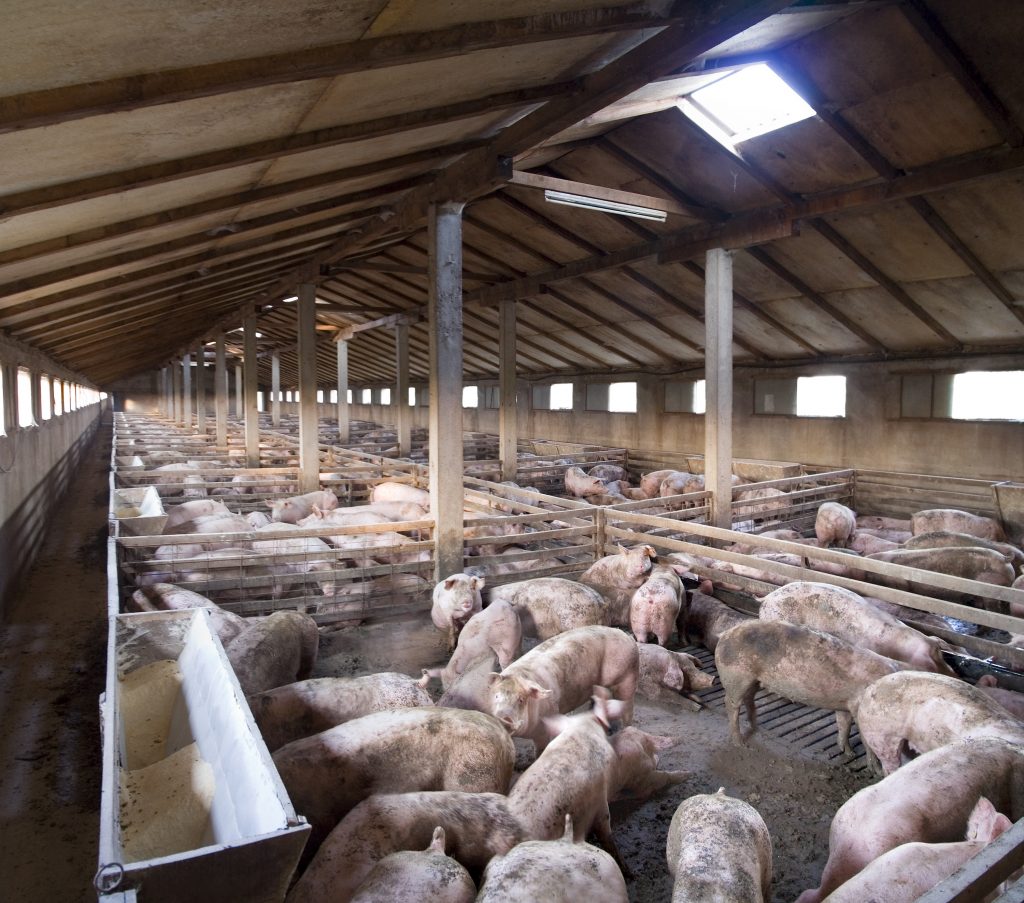Another key component of the rule is aimed at more effectively utilizing USDA resources. The general idea is that by streamlining deployment of inspectors, the agency will be able to conduct more offline inspection activities, which are ostensibly more effective in terms of ensuring food safety. Put differently, the agency posits that shifting inspection personnel from on-line inspection to offline verification activities will improve inspection efficacy overall, and thus improve food safety outcomes. While that may at first seem counterintuitive, it isn’t necessarily so. Emerging food safety issues are often detectable in the context of trends, i.e., gradual increases in the presence of indicator organisms. Such increases would of course be invisible to on-line inspectors.
Finally, the rule revokes maximum line speeds. As a result, companies will now be able to set their own line speeds, provided they are able “to maintain process control for preventing fecal contamination and meeting microbial performance measures for carcasses during the slaughter operation.” Importantly, the FSIS will still retain the ability to slow or stop the line if necessary. According to the USDA, based on the results of its pilot programs over the last 15 years, revoking maximum line speeds is unlikely to result in a higher prevalence of Salmonella.
For companies that intend to operate under the NSIS, the deadline to notify their FSIS District Office is March 30, 2020. Establishments that do not notify their District Office of their intent by March 30, 2020, will be deemed to have chosen to continue operating under their existing inspection system. The regulations that prescribe procedures for controlling contamination throughout the slaughter and dressing process, and the regulations governing new recordkeeping requirements, will take effect on Dec. 30, 2019, in companies with 500 or more employees. Companies with 10 to 499 employees will have until Jan. 29, 2020.
The Controversy
Critics of the new rule argue that it puts the fox in charge of the henhouse. Unfortunately, much of the backlash has been based on misleading or inaccurate information. The provisions generating the most controversy have been those placing establishment personnel in roles previously occupied by USDA inspectors. Critics further argue that placing personnel in an inspection or “sorting” role creates an inherent conflict of interest, whereby employees might be faced with the prospect of reprisals if they are perceived as too aggressive in ferreting out animals. But, in fact, most companies are contractually protected against having to pay for unfit animals. And while it is true that by the USDA’s own estimates, there could be a 40 percent reduction of on-line inspection personnel in some facilities, it is also true that the FSIS will continue inspecting 100 percent of animals before slaughter and 100 percent of carcasses by carcass inspection. Thus, the fears appear to be largely groundless.
Another oft-criticized aspect of the new rules is the revocation of maximum line speeds. Under the new rule, establishments will be allowed to determine for themselves what line speeds are adequate to effectively eliminate fecal contamination and comply with microbial standards. The argument against this rule is that abolishing maximum line speeds will incentivize companies to put profits over the safety of workers and consumers. Notwithstanding these concerns, FSIS inspectors will retain authority to reduce line speeds if they believe an establishment is operating unsafely. If it appears to FSIS inspectors that a plant is operating outside of safe parameters, they will be able to step in and take action. Thanks to the more efficient deployment of FSIS inspectors under the new rules, the FSIS will be better positioned to identify emerging problems.
To this point, industry has been largely supportive of the new regulations. The general consensus appears to be that the amended regulations will give establishments greater operational autonomy to pursue novel food safety improvements. Likewise, the science itself supports the notion that reducing the number of on-line inspectors, more efficiently deploying agency resources, and fostering industry innovation will ultimately enhance overall food safety. Specifically, the USDA conducted a quantitative probabilistic food safety risk assessment to evaluate the potential changes in Salmonella illness risks that would result from modification of FSIS inspection allocation. The peer-reviewed findings confirmed that the rule’s measures are likely to lead to an overall reduction of foodborne illness. This is what it means to modernize. Stated differently, maintaining historical numbers of on-line inspectors is, increasingly, a waste of the USDA’s already limited resources. Those resources would be better devoted to performing other food safety related roles.
ACCESS THE FULL VERSION OF THIS ARTICLE
To view this article and gain unlimited access to premium content on the FQ&S website, register for your FREE account. Build your profile and create a personalized experience today! Sign up is easy!
GET STARTED
Already have an account? LOGIN

